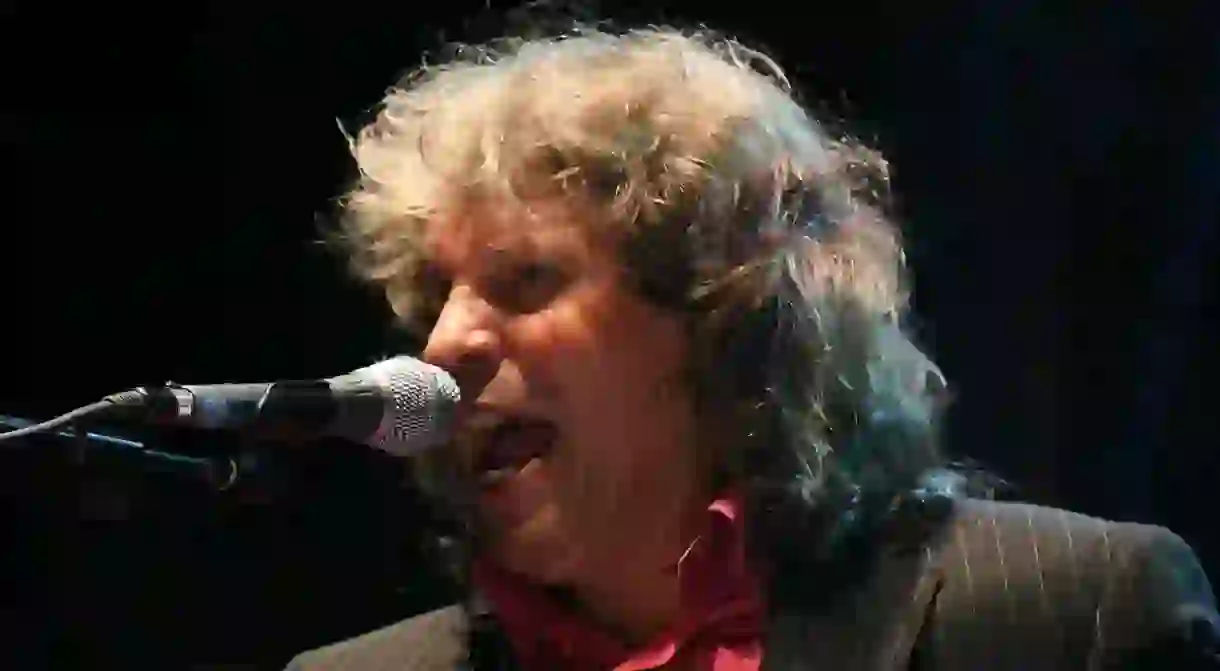The Most Important Artists to Know About From Jerez de la Frontera, Spain

Jerez de la Frontera, in southern Spain, has produced some hugely influential artists, especially in the field of flamenco: indeed, many aficionados will tell you this is the art form’s true birthplace. Read on to discover more about this beautiful city’s most famous sons and daughters.
Don Antonio Chacón (flamenco singer; 1869-1929)
Antonio Chacón spent most of his childhood hanging out in his father’s shoe shop in Jerez. It was here that he met the guitarist Javier Molina, with whom he later travelled around Andalusia, studying and reviving styles of flamenco on the verge of extinction. Chacón was known for a clean, high pitched voice that leant itself to the cante Andaluz, a lighter style of singing than cante gitano, or “gypsy singing”. He remains the only flamenco artist to have “Don” prefixed to his name, in recognition of his exceptional vocal abilities.
José Mercé (flamenco singer; b. 1955)
Born José Soto Soto, Mercé gained his nickname as a boy, when he participated in the choir of the Basilica de la Merced in the flamenco barrio of Santiago. He started performing in flamenco festivals when just twelve years of age and recorded his first album, Bandera de Andalucia, at thirteen. The record launched Mercé on a starry career, during which he has toured the globe with leading dance outfits and sung with the best flamenco guitarists of his generation. In 2010, he was awarded the Medal of Andalusia for contributions to his art.

La Paquera de Jerez (flamenco singer; 1934-2004)
Francisca Garrido was born in San Miguel, one of Jerez’s two flamenco barrios, and was known as the “Queen of the Buleriás” because of the beauty with which she sang that variety of song. A cuchichi, or half gypsy, “La Paquera” became one of the most revered flamenco artists of the latter twentieth century, graduating from singing in the forges and abattoirs of Jerez to the most prestigious flamenco clubs – peñas – in Madrid and Seville. She also appeared in films and gained a fan base in Japan after performing with Japanese dancer Yoko Komatsubara.
Lola Flores (singer, dancer, actress; 1923-1995)
Celebrated by a monument in her home barrio of San Miguel, Lola Flores is known as much for her 38 film appearances as for her association with Andalusian folklore (as both a singer and a dancer). After making her debut in Jerez at the age of 16 she moved to Madrid, famously signing a two-year contract for six million pesetas in 1951: at the time, it was the highest-paying entertainment contract ever signed. Occasionally in trouble with the authorities for not paying taxes, this colourful Jerezana was remembered in the 2007 biopic Lola, La Pelicula.

El Chocolate (flamenco singer; 1931-2005)
Related (on his mother’s side) to the influential Montoya flamenco dynasty, Antonio Montoya was nicknamed “The Chocolate” because of his dark gypsy skin. Born in Jerez, he learnt to sing on the Alameda de Hércules in Seville – a former hangout for flamenco artists and bullfighters that is now a trendy nightspot – before commencing a career that saw him perform with the leading guitarists of his time. Montoya excelled in traditional gypsy styles of song such as soleares and toñas and his last recording, “Mis 70 Años Con el Cante”, won a Latin Grammy in 2003.
Juan Padilla (bullfighter; b. 1973)
Juan Padilla became a fully fledged bullfighter at the age of 21, in the somewhat odd-looking bullring in his hometown of Jerez. He is now one of the top toreros in the world and an A-list celebrity in Spain, drawing big crowds whenever he performs. Padilla was horrifically gored in the face during a bullfight in October 2011, losing his left eye and hearing in his right ear as a result. Just five months later, though, he was back in front of the bulls, sporting an eye patch that has earnt him a nickname of “The Pirate”.

Mala Rodriguez (hip-hop singer; b. 1979)
Hip-hop singer Maria Rodríguez Garrido adopted the stage name La Mala – “The Bad One” – after her debut performance at the age of seventeen. Born in Jerez, Garrido spent her youth in Seville, where she rose to prominence in the late 1990s; her first album, Lujo Ibérico (2000), went gold, selling more than 50,000 copies. Controversy surrounded her second album in 2003, when the single La Niña was banned from Spanish TV for portraying a female drug dealer. Garrido’s rapping is heavily influenced by flamenco and deals with themes such as poverty and domestic violence.














